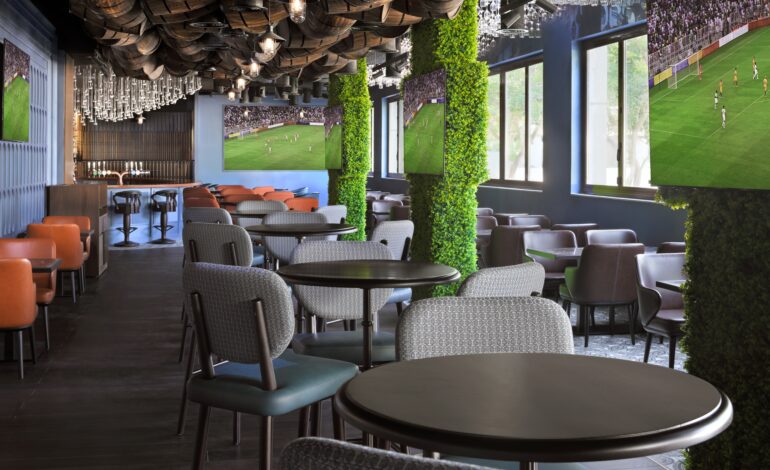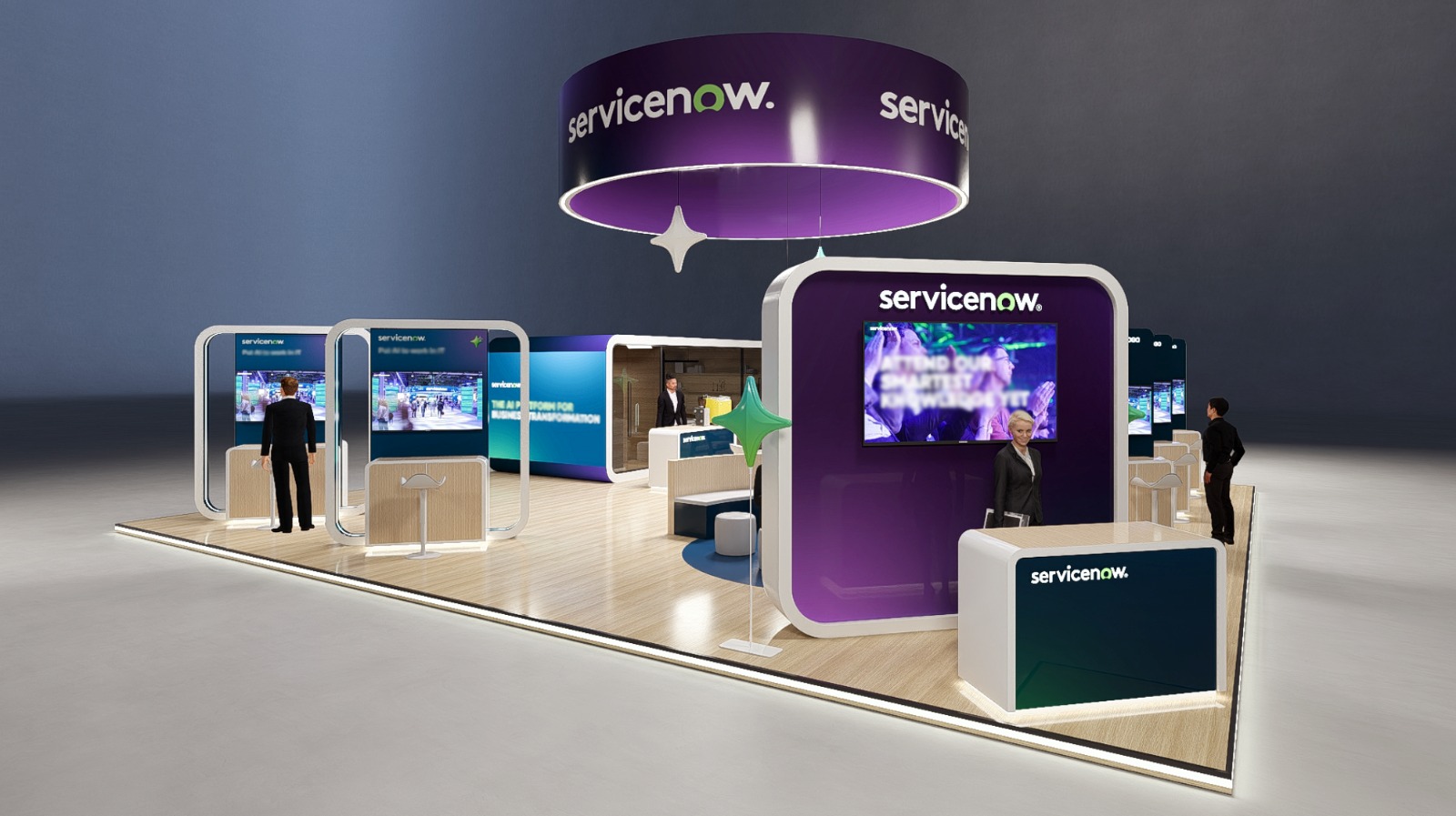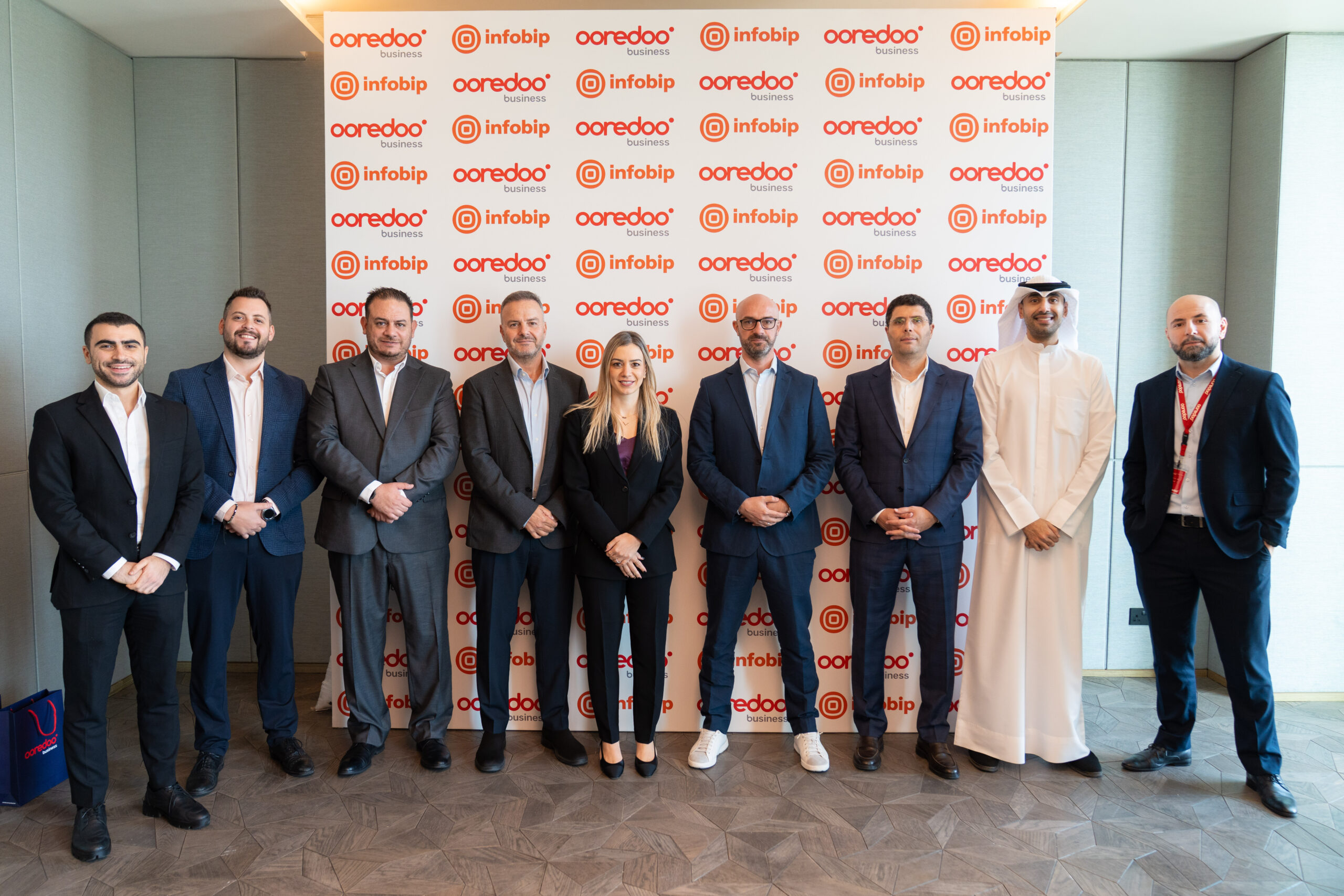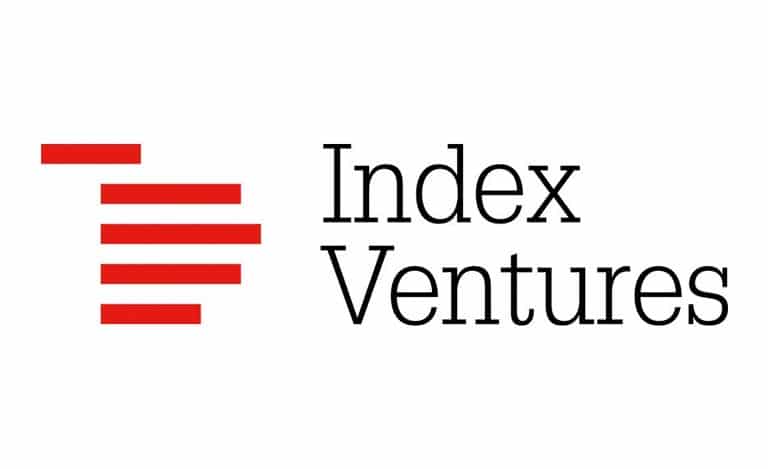Exclusive: Cloud-Based Hotel Systems Transform Service Delivery and Efficiency

With a portfolio of globally recognised hotel brands and independent properties, Ishraq Hospitality is redefining how technology powers modern hospitality in the Middle East. At the heart of this digital evolution is Stacy Samuel, the Corporate Director of Technology at Ishraq Hospitality, who oversees the integration of scalable, cloud-based solutions that elevate both guest satisfaction and operational efficiency.
Whether streamlining procurement workflows or transforming the guest experience through IoT and AI-driven personalisation, Ishraq’s approach reflects a forward-thinking ethos rooted in practicality and performance. In this exclusive interview, Stacy shares how the group is balancing global standards with local adaptability, addressing legacy infrastructure challenges, and using technology not as a background function—but as a strategic lever to shape the future of hotel experiences.
Q1: How does Ishraq Hospitality approach tech adoption across its multi-brand portfolio?
At Ishraq, technology is not simply a backend tool—it is a strategic pillar that supports business growth and guest satisfaction. Our portfolio includes both globally branded hotels under IHG and independent properties, which calls for a flexible yet focused approach. We align with global brand standards while also customising innovation to suit the operational needs of each individual hotel.
Our priorities are centred on implementing cloud-first solutions that are scalable and secure. These solutions are selected to enhance the guest journey, improve operational responsiveness, reduce costs, and reinforce our cyber security framework. Every implementation is evaluated for its real-world impact, whether it improves uptime, supports staff performance, or strengthens our digital foundation.
We also work hand-in-hand with operational teams to ensure each solution makes practical sense within the daily flow of hotel operations.
Q2: What technologies have proven most effective in streamlining your hotel operations?
Several of our technology rollouts have delivered measurable impact across the group. We have successfully migrated procurement workflows, document management, file sharing, and backup systems to the cloud. This shift has helped reduce our physical infrastructure footprint and lower long-term capital expenditure.
One of the most impactful initiatives has been migrating our point-of-sale systems across all eight properties to a cloud-based model. This transition has enabled centralised reporting, real-time data visibility, and tighter control over our food and beverage operations.
A particularly noteworthy achievement was the deployment of fully cloud-managed Wi-Fi in four of our hotels. This project enhanced connectivity for guests and allowed our IT team to manage network performance centrally. The initiative was recognised globally and is now featured as a success case on the Aruba website—a point of pride for both our technology and operational teams.
We have also adopted a three-two-one backup strategy, supported by a dedicated disaster recovery site, to ensure robust business continuity. File and print services were transitioned to SharePoint, and we introduced e-signing workflows for finance, HR, and capital expenditure approvals. This change reduced paper usage by over one-third and eliminated the need for physical documents to be transferred between locations.
In our newer properties, we have implemented full IoT infrastructure to monitor energy consumption in real time. This capability enables fine-tuning of systems for energy efficiency and directly supports our sustainability goals.
Q3: How do you evaluate ROI when implementing new guest-facing or back-end systems?
Return on investment is not solely financial for us. While we do quantify savings—such as over US$55,000 annually from network consolidation and virtualisation across three core sites—we also focus on operational and experiential value.
For instance, our rollout of a Guest Experience Platform has allowed us to personalise and streamline the guest journey. The resulting improvement in guest satisfaction has been reflected in enhanced feedback scores.
We also assess process efficiency. Cloud-based approval workflows have reduced delays, improved transparency, and minimised human error. Before moving to full deployment, we always conduct pilot phases to assess functionality and ensure ease of adoption for our teams. The ultimate aim is to introduce systems that integrate smoothly with existing operations and support our people, rather than complicating their work.
Q4: In what ways are you using automation to improve staff productivity and guest service delivery?
A central initiative has been the adoption of a remote monitoring and management platform, which provides a centralised view across all our hotel systems. This platform automates routine processes such as software patching, diagnostics, and network health monitoring.
By shifting these responsibilities from manual tasks to automated systems, our IT teams can work more efficiently and address issues proactively. This has helped reduce system downtime and improve service continuity.
For hotel staff, fewer technical interruptions mean more time to focus on guests. When technology operates reliably in the background, it allows our teams to perform at their best and concentrate on delivering exceptional service.
Q5: How are you addressing the challenges of integrating new systems across legacy infrastructure?
We have adopted a phased and practical approach to integration. Rather than replacing all legacy systems, we are virtualising platforms that require upgrading. This gives us greater agility in deployment and reduces dependence on physical hardware.
We favour platforms that are modular and ready to integrate via APIs. When compatibility challenges arise, we utilise middleware to bridge the systems. We have also developed internal playbooks to help standardise implementation across properties and minimise disruption during rollouts.
Our transformation is not rushed. It is deliberate and sustainable, and we are seeing consistent improvements with each step forward.
Q6: What is your vision for how technology will shape the guest journey in your hotels over the next five years?
A good example of our direction is Goose and Gander, our British-inspired dining venue with a capacity of 220 guests. It is more than a restaurant—it is a technology-enabled experience. We integrated IPTV, guest Wi-Fi, advanced point-of-sale systems, AV technology, and live sound capabilities to create a seamless blend of atmosphere, service, and functionality.
This is the model we aim to replicate across our portfolio. We envisage fully digital guest journeys, where technology remains invisible but enhances comfort, personalisation, and overall satisfaction.
We are already exploring innovations such as bring-your-own-device casting in rooms and AI-driven personalisation tools. But none of this works without staff engagement. That is why we choose technology that empowers our teams—systems that simplify operations and enhance job satisfaction.
When employees are better equipped and more confident, they deliver higher levels of service. That, in turn, leads to more loyal and satisfied guests. This is not just our five-year vision—it is the operational standard we are embedding today in every hotel we manage.








